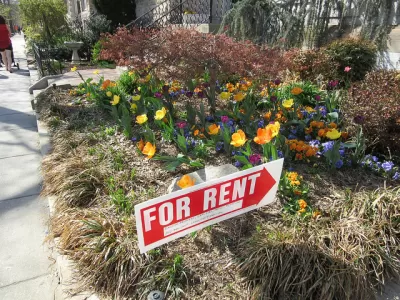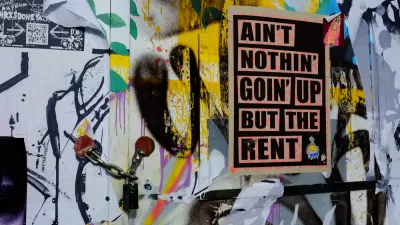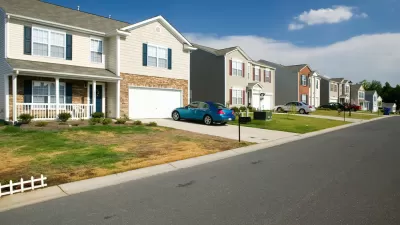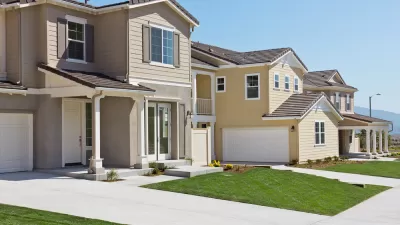The latest data from CoreLogic from December 2020 shows that despite headlining-grabbing rent declines in San Francisco and New York, some rents are continuing and even surpassing pre-pandemic trends.

Understanding the state of the rental housing market after a year of pandemic disruption of the economy and day-to-day life requires some nuance, and a distinction between different varities of rental units.
According to the latest data from CoreLogic, rents for single-family homes rose 3.8% nationwide in December 2020 compared to December 2019. Rents in Phoenix jumped 10.7% in the same time period.
Veronika Bondarenko shares the news of the new CoreLogic data for Inman, noting that while rents dipped nationwide early in the pandemic "the cost of renting a home has continued to climb at unprecedented rates throughout both the coronavirus and subsequent unemployment crises."
According to the data, single-family rental prices are now growing faster than they were before the pandemic, thanks to new demand for more spacious abodes.
The trend in single-family rents stands in contrast to urban multi-family units, which "were one of the only types of real estate to see prices drop somewhat," according to Bondarenko. The disparities are obvious in segments within the single-family rental market too:
Higher-priced homes, or properties whose values are above 125 percent of a given area’s median, saw the single biggest jump in rental prices from 2.4 percent in December 2019 to 4.3 percent now. Lower-end homes, which are worth 75 percent or less than a given area’s median, were the only category to see prices drop, down from 3.5 percent in 2019 to 3.3 percent now.
Some of the cities with the highest rent increases rental prices in 2020 were already experiencing explosive growth before the pandemic—Bondarenko specifically mentions Phoenix, Tucson, and Charlotte as the three cities with the largest rent increases in 2020.
FULL STORY: The cost of rent just keeps climbing: CoreLogic

Alabama: Trump Terminates Settlements for Black Communities Harmed By Raw Sewage
Trump deemed the landmark civil rights agreement “illegal DEI and environmental justice policy.”

Planetizen Federal Action Tracker
A weekly monitor of how Trump’s orders and actions are impacting planners and planning in America.

The 120 Year Old Tiny Home Villages That Sheltered San Francisco’s Earthquake Refugees
More than a century ago, San Francisco mobilized to house thousands of residents displaced by the 1906 earthquake. Could their strategy offer a model for the present?

In Both Crashes and Crime, Public Transportation is Far Safer than Driving
Contrary to popular assumptions, public transportation has far lower crash and crime rates than automobile travel. For safer communities, improve and encourage transit travel.

Report: Zoning Reforms Should Complement Nashville’s Ambitious Transit Plan
Without reform, restrictive zoning codes will limit the impact of the city’s planned transit expansion and could exclude some of the residents who depend on transit the most.

Judge Orders Release of Frozen IRA, IIJA Funding
The decision is a victory for environmental groups who charged that freezing funds for critical infrastructure and disaster response programs caused “real and irreparable harm” to communities.
Urban Design for Planners 1: Software Tools
This six-course series explores essential urban design concepts using open source software and equips planners with the tools they need to participate fully in the urban design process.
Planning for Universal Design
Learn the tools for implementing Universal Design in planning regulations.
Clanton & Associates, Inc.
Jessamine County Fiscal Court
Institute for Housing and Urban Development Studies (IHS)
City of Grandview
Harvard GSD Executive Education
Toledo-Lucas County Plan Commissions
Salt Lake City
NYU Wagner Graduate School of Public Service





























